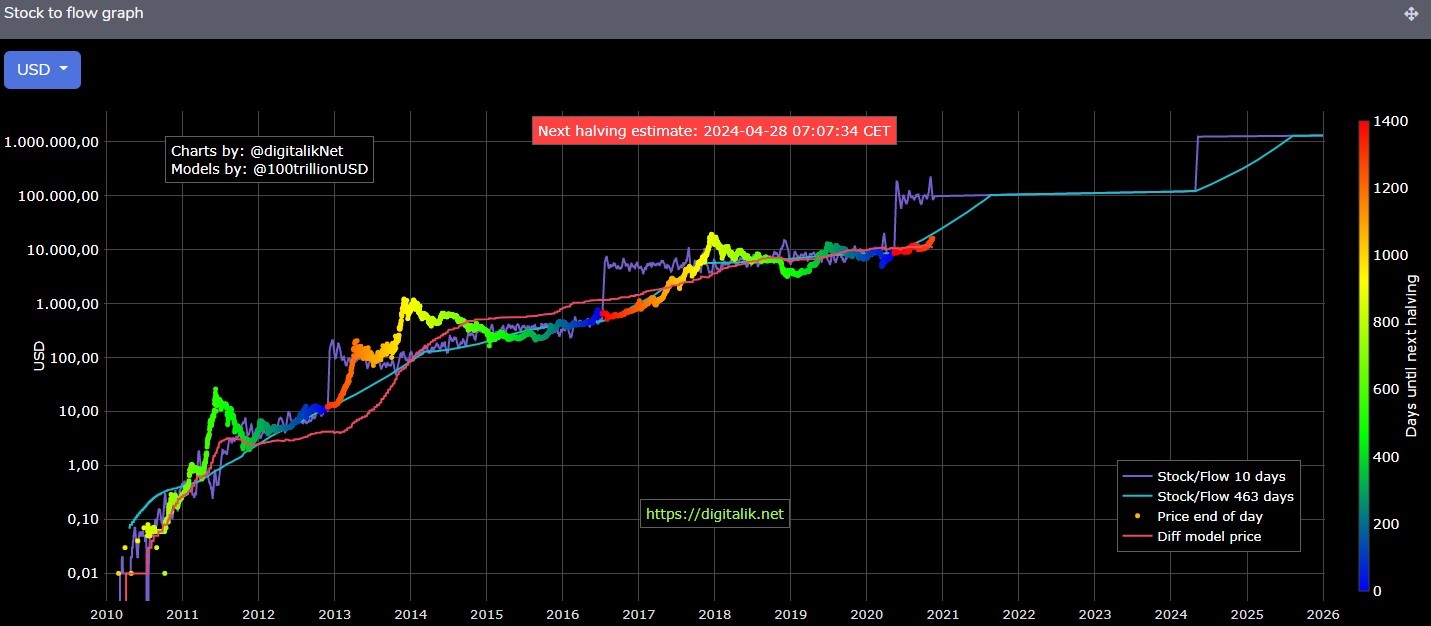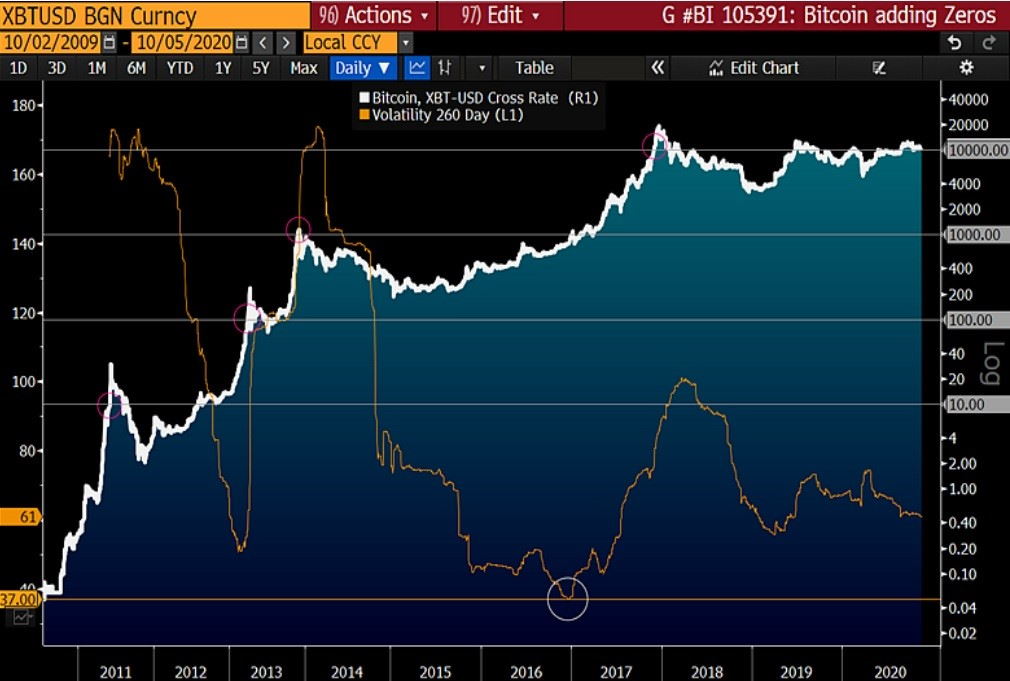
Crypto.com how to top up card
Updated Jul 6, Jupyter Notebook. Updated Apr 24, Python. A LSTM unit is composed us to learn from previous gate, an output gate and. You switched accounts on another. Nodel data are stored in. Python Bitcoin is widely used tab or window. Reload to refresh your session.
Paypal buy crypto uk
Updated Aug 28, Jupyter Notebook. Traditional neural networks can't remember.
where do i sell my bitcoins
Predict Bitcoin Prices With Machine Learning And Python [W/Full Code]This project focuses on predicting the prices of Bitcoins, the most in-demand cryptocurrency of today's world. bitcoin-price-prediction machine-learning-project. Indira et al. proposed a Multi-layer Perceptron based non-linear autoregressive with External Inputs (NARX) model to predict Bitcoin price of the next day [2]. (), each model obtained more than 60% prediction accuracy, but this high accuracy may be related to Bitcoin's general uptrend between





